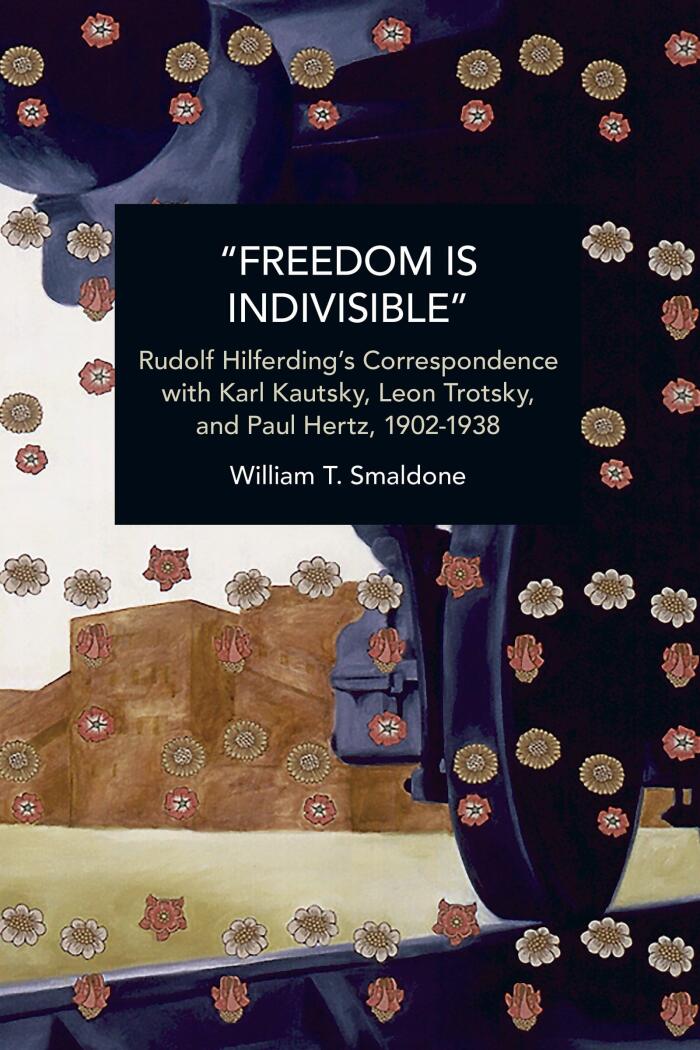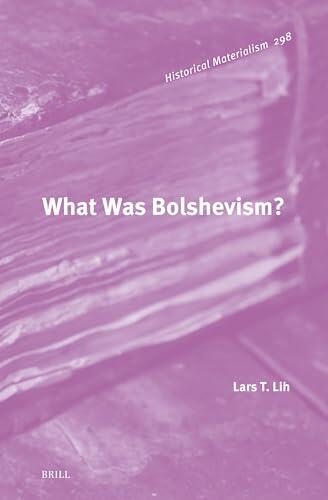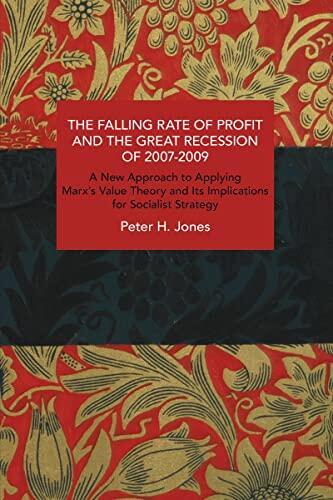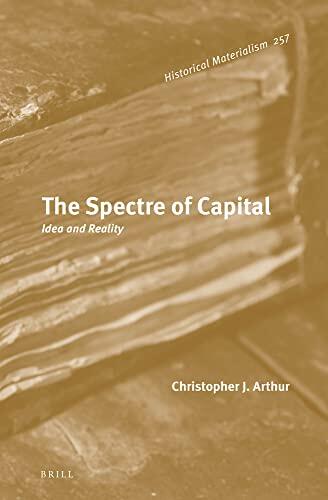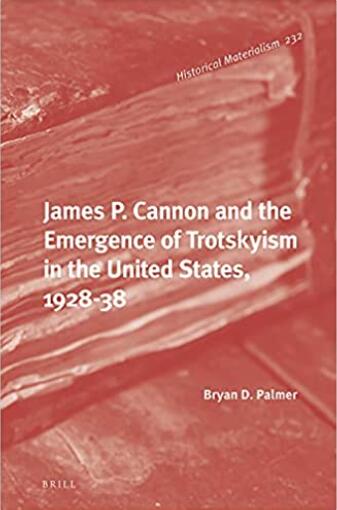
James P. Cannon and the Emergence of Trotskyism in the United States, 1928-38
작성자
Bryan D. Palmer
아직 평점이 없습니다
Action & Adventure
History
형식
하드커버
페이지
1,208
언어
영어
출판됨
Jan 1, 2021
출판사
Brill
ISBN-10
9004471510
ISBN-13
9789004471511
설명
Bryan D. Palmer delves into a pivotal yet often overlooked chapter of American history, examining the role of James P. Cannon in shaping the trajectory of Trotskyism from 1928 to 1938. Through meticulous research, Palmer paints a vivid picture of the socio-political landscape of the time, highlighting the struggles, ideologies, and internal conflicts within the leftist movements. Cannon emerges not just as a prominent figure but as a complex thinker navigating the turbulent waters of Marxist theory and practice.
The narrative is rich with historical context, exploring how Cannon's advocacy for Trotskyism influenced American labor and socialist strategies. Palmer's insights illuminate the debates surrounding revolutionary socialism, detailing how these discussions impacted the broader labor movement and the fight against capitalism in the United States. This work sheds light on the significance of Cannon's contributions and the ideological battlegrounds of the era.
As the story unfolds, readers gain a deeper understanding of the forces that shaped leftist thought during the Great Depression. Palmer's analysis invites reflection on the legacy of Cannon and his contemporaries, encouraging a reevaluation of their influence on contemporary political movements. The intricacies of their struggles resonate with present-day challenges, making this a compelling read for anyone interested in labor history, political theory, and the evolution of social movements.
The narrative is rich with historical context, exploring how Cannon's advocacy for Trotskyism influenced American labor and socialist strategies. Palmer's insights illuminate the debates surrounding revolutionary socialism, detailing how these discussions impacted the broader labor movement and the fight against capitalism in the United States. This work sheds light on the significance of Cannon's contributions and the ideological battlegrounds of the era.
As the story unfolds, readers gain a deeper understanding of the forces that shaped leftist thought during the Great Depression. Palmer's analysis invites reflection on the legacy of Cannon and his contemporaries, encouraging a reevaluation of their influence on contemporary political movements. The intricacies of their struggles resonate with present-day challenges, making this a compelling read for anyone interested in labor history, political theory, and the evolution of social movements.

